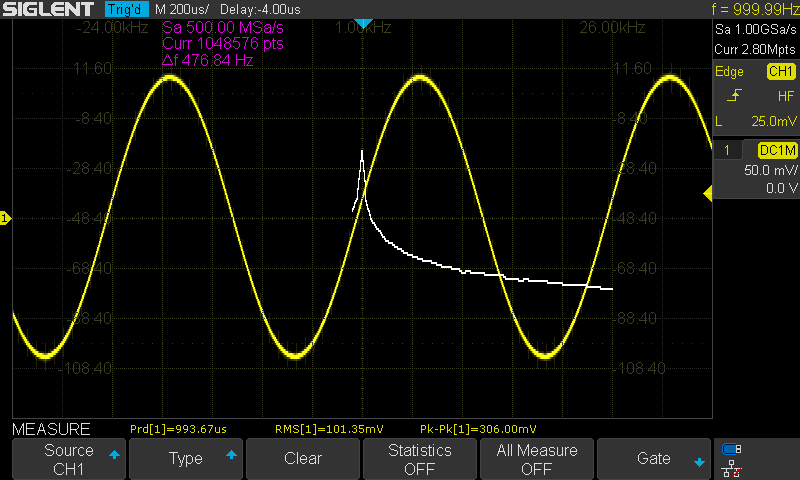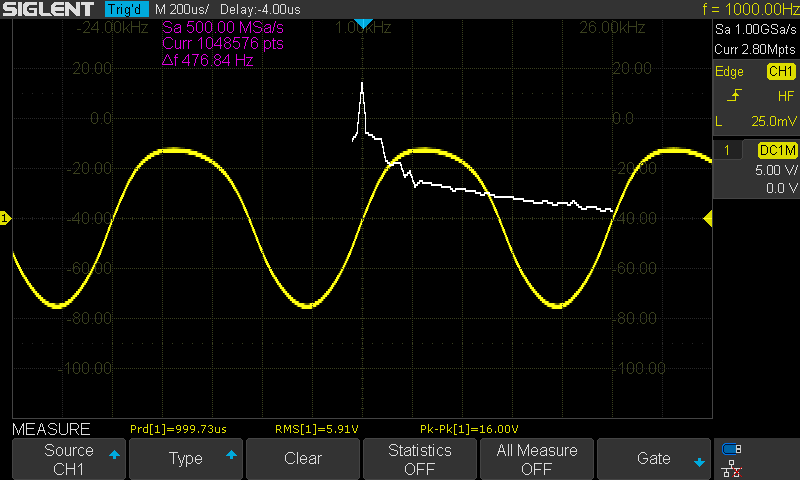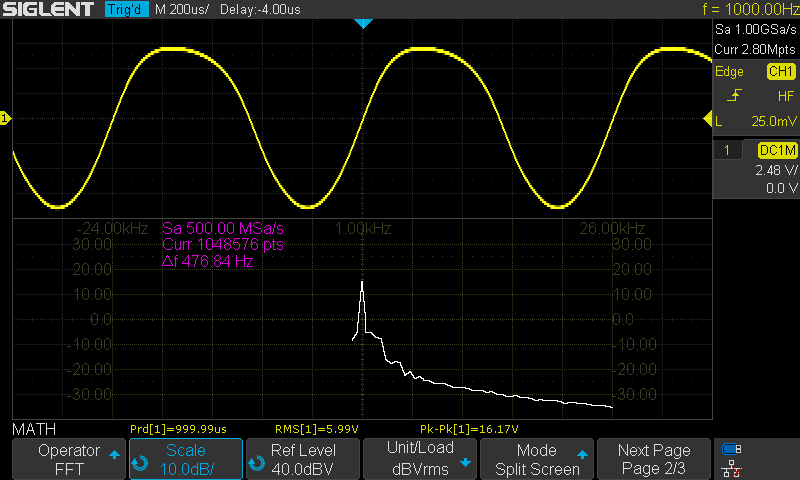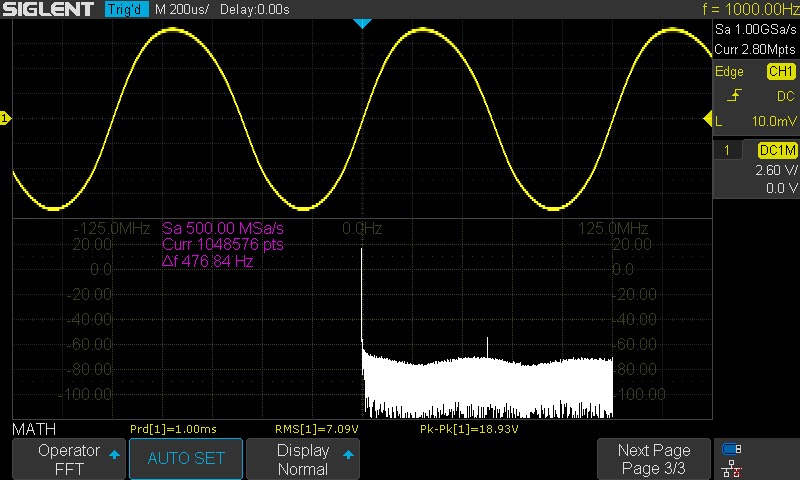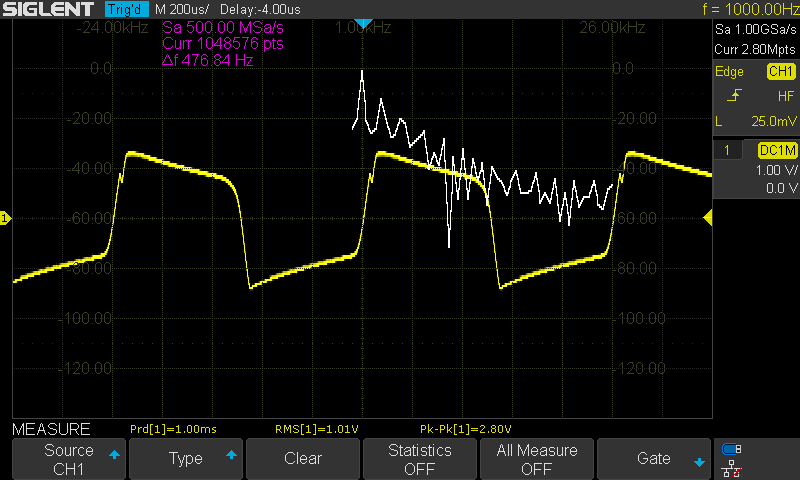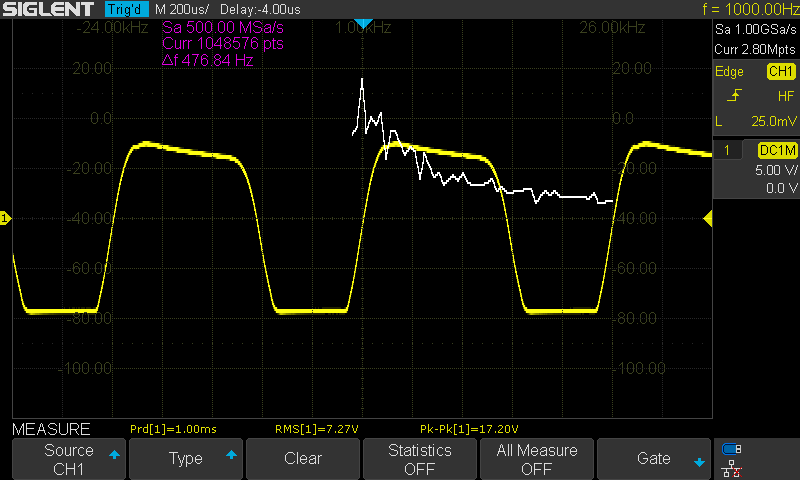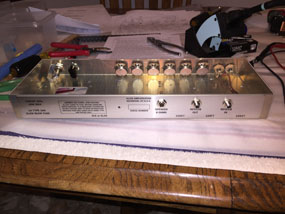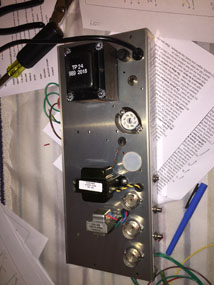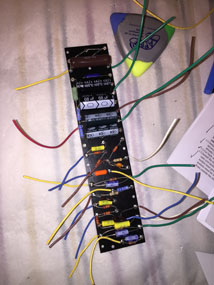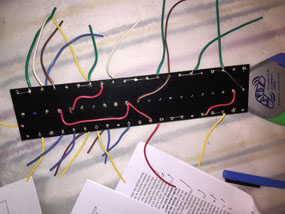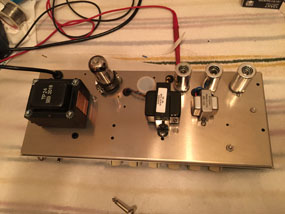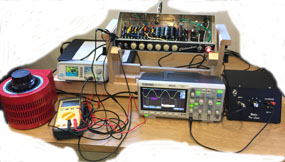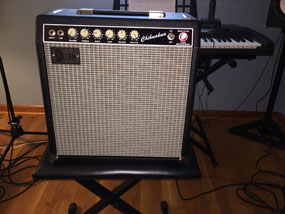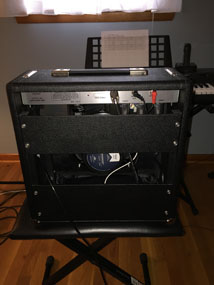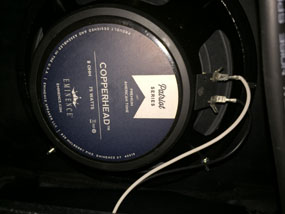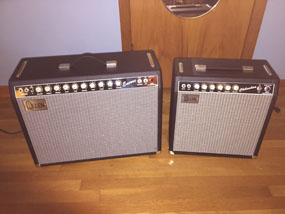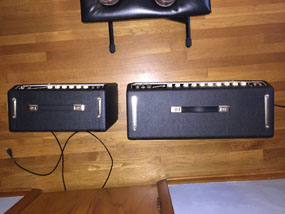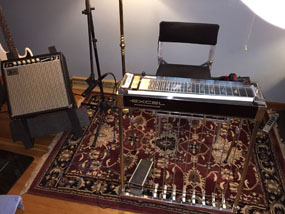Allen Amplification Chihuahua Amplifier Review
|
Here's some pictures, sound files and comments on my new Allen Chihuahua tube amp kit. I ordered it with the 10" Eminence Copperhead Speaker. I built this as a kit and I'll leave out a lot of comments and
details that apply and are quite well covered in my Allen Encore Amp review:
My Allen Encore Amp Review
Some useful links:
|
|

|
| Two full song recordings with real bass, rhythm guitar, EZKeys piano, EZDrummer drums. All pedal steel, mandolin, rhythm and lead and guitar parts are played through the Allen Chihuahua amp. |
| Click here to listen to Class A Dawg | Click here to listen to I Won't Mention It Again |
|
|
Sound SamplesHere's some sound samples. All pedal steel samples use the Goodrich volume pedal with a Dunlop Hotpotz, 12' of George L's cable between the amp and volume pedal to roll the highs off a bit, Allen Chihuahua amp with a Shure SM-57 mic, onto a Zoom R24 recorder then ported to Reaper to convert them to mp3 files at 320 kbps. Guitar samples omit the Goodrich foot volume. No reverb or EQ is added by Reaper. The samples are very raw and close to what I hear sitting next to the amp. My initial amp settings (subject to change):
|
|
Selection
|
Recording Method
|
Comments |
|
Shure SM57
|
Pedal Steel - E9th - Sample 1 | |
|
Shure SM57
|
Pedal Steel - E9th - Sample 2 | |
|
Shure SM57
|
Pedal Steel - E9th - Sample 3 | |
|
Shure SM57
|
Electic Mandolin Sample 1 (4 string with low C) | |
|
Shure SM57
|
Electic Mandolin Sample 2 (4 string with low C) | |
|
Shure SM57
|
Epiphone Joe Pass Archtop Electric Sample 1 | |
|
Shure SM57
|
Epiphone Joe Pass Archtop Electric Sample 2 | |
|
Shure SM57
|
Fender Nashville Tele Sample 1 | |
|
Shure SM57
|
Fender Nashville Tele Sample 2 | |
|
Shure SM57
|
Godin Nylon Electric Sample 1 | |
|
Shure SM57
|
Godin Nylon Electric Sample 2 | |
|
Shure SM57
|
NS Electric Fiddle | |
|
Shure SM57
|
Pedal Steel Distortion (Raw and Volume controls cranked, Master set low) | |
|
Shure SM57
|
Tele Distortion (Raw and Volume controls cranked, Master set low) |
|
Bench Testing and Accessories
A 20 amp variac was used to adjust the input voltage to 120 VAC just for uniformity and because my house line voltage can run pretty low. The 20 amp variac is overkill but it's built more ruggedly than the lower amperage rated units. For a dummy load I used the Weber TRU-LOAD DUMMY LOAD with a mod to switch out the unit's internal speaker motor allowing for a more resistive load. This keeps the load voltage and current in phase eliminating power factor considerations which simplifies power calculations.
Here's a schematic I traced out showing the added switch (click on picture for full size pdf file):
For bench testing I used an audio signal generator, 200 MHZ digital scope, variac set at 120 VAC with the amp impedance switch set at 8 ohms and the dummy load set at 8 ohms. A tube amp will deliver maximum power to it's load when the load matches the amp's internal impedance. A lower or higher load will result in a lower power output to the load but can result in useful damping transient and tone changes in actual use. Note that a 3 db increase in audio level only yields a slight increase in audible volume but requires twice the power! Similarly a 6 db increase requires 4 times the power and a 10 db increase requires 10 times the power but will sound twice as loud. Nevertheless, amps are heavily marketed based on wattage and it's hard to convince buyers that whether an amp is 6 watts or even 10 watts really doesn't much matter in terms of sound levels. For my setup I used a sub $100 audio generator and it's pretty amazing. You can see the waveform purity immediately below and pictures of the setup far below. The scope has a somewhat useful FFT (Fast Fourier Transform) function that shows a decent frequency domain representation of the signal. What is REALLY cool about the scope is that it calculates the RMS value of the waveform allowing for accurate output power calculations of various waveforms. A square wave will have a lot higher power output than a sine wave at the same frequency. Thus, as the amp starts to get pushed out of it's linear region , you can get more than 4 watts of RMS power out of it.
Input signal:
The first picture below shows the amp delivering a fairly clean 4.36 watts with a 306 mV peak to peak input signal at 1 khz. The 6V6 plate voltage is at 373 volts, screen grid 282 volts, cathose at 17.57, plate current is xxx ma and the tube is dissipating about 12 watts.. Most passive pickups that I've seen put out between 90 and 400 mV. The picture just below it is the same sort of setup with the FFT and output signal on a split screen.
Here's the amp delivering 3.14 watts into a 16 ohm load.
The next picture shows the amp delivering 1/8 watt with the RAW control cranked up a bit (overloading the input stages).
The next picture shows the amp delivering 6.59 watts while producing a distorted signal by overloading the output stage.
Note that the amp is capable of producing two different sources and sounds of distortion. You can overdrive the output section or you can overdrive the preamp section depending on how you set the master Volume and Volume/Raw controls.
![]()
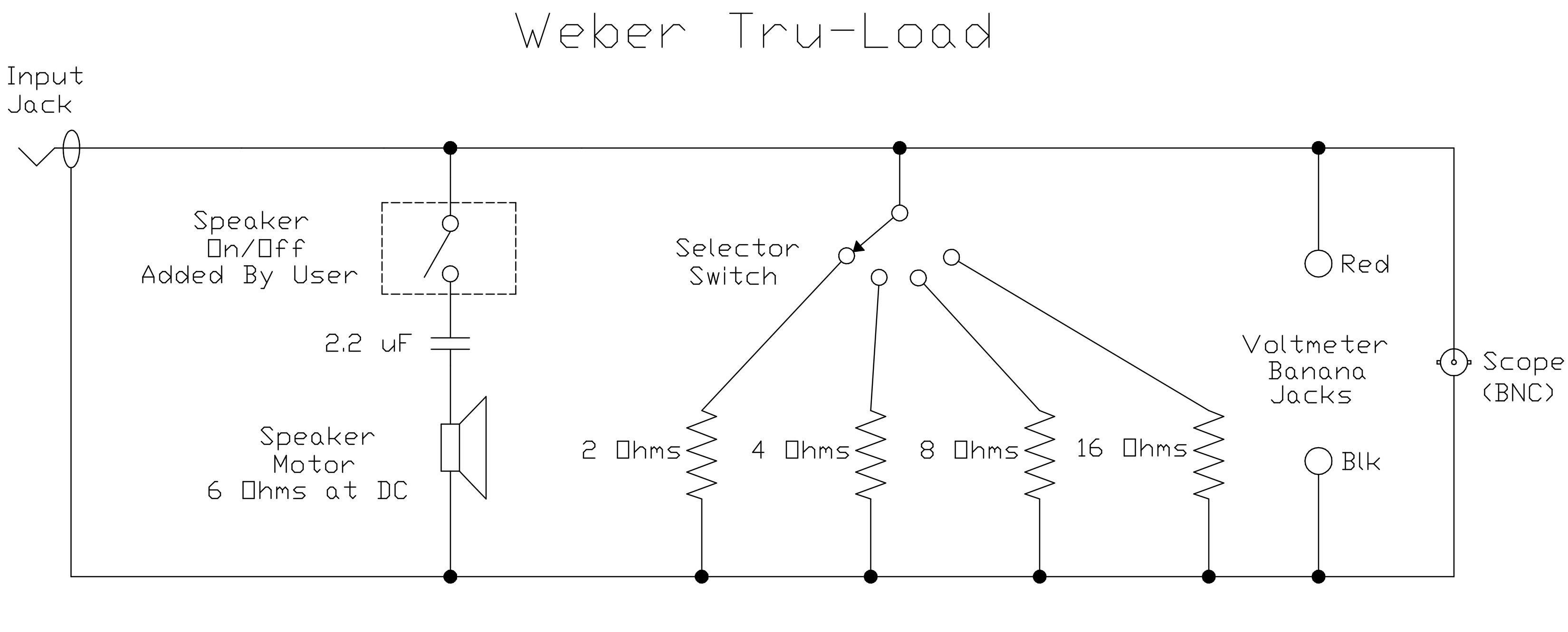
|
|
There are quite a few pictures below. Click on them to see them full size or at least sized to a browser window. Click on the picture again if needed to zoom in even more!
Comments? email webmaster Greg
|
